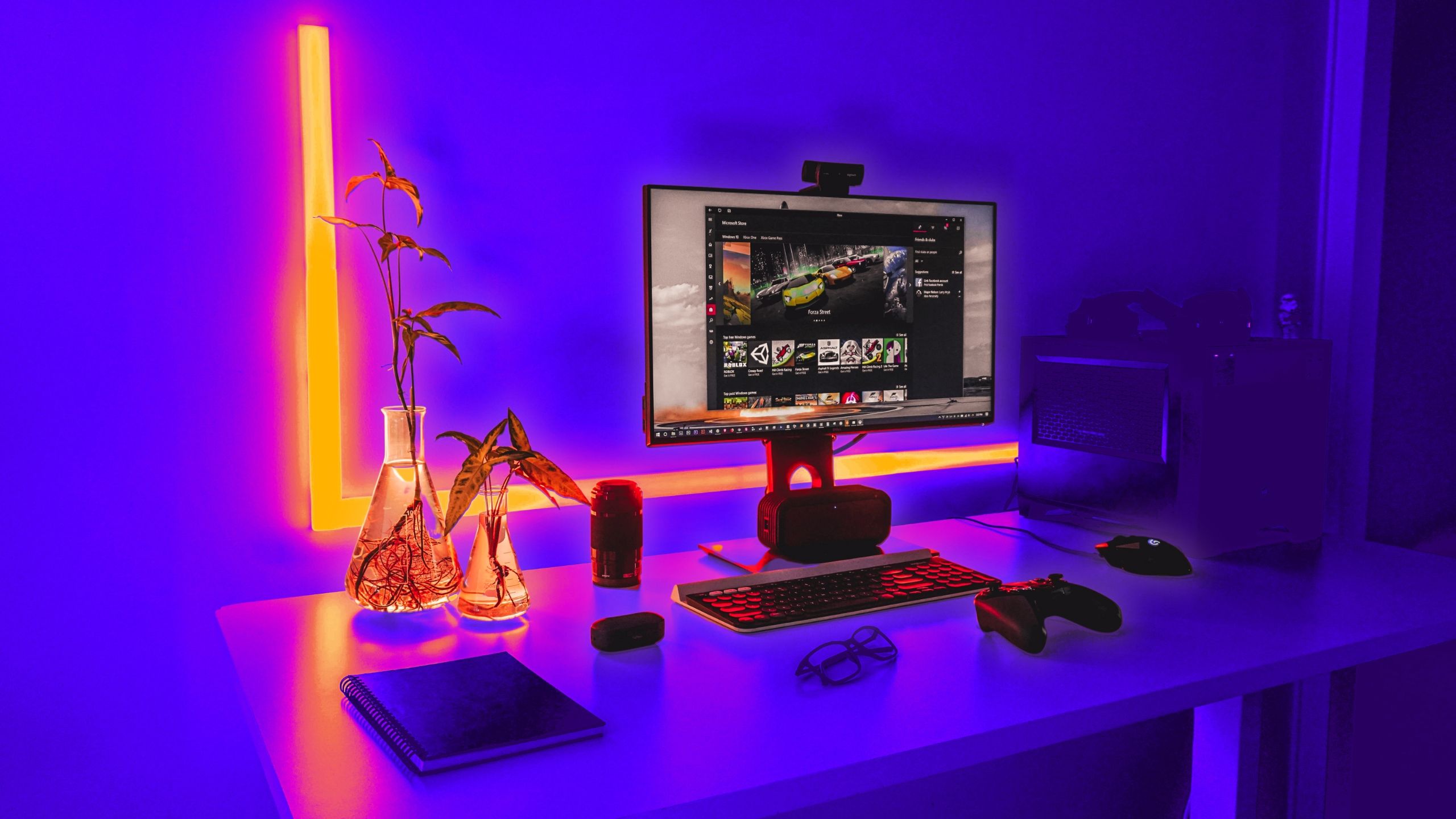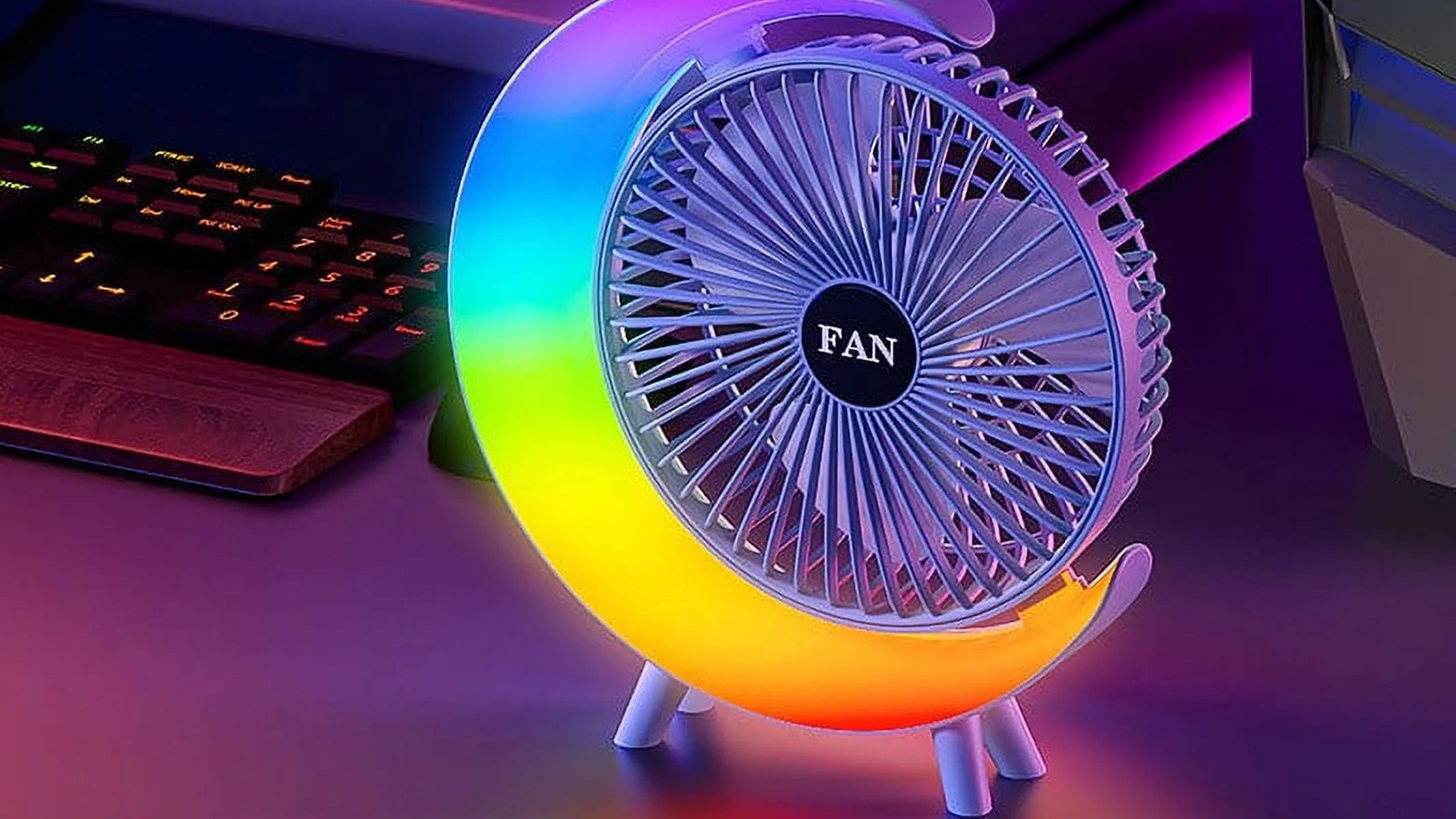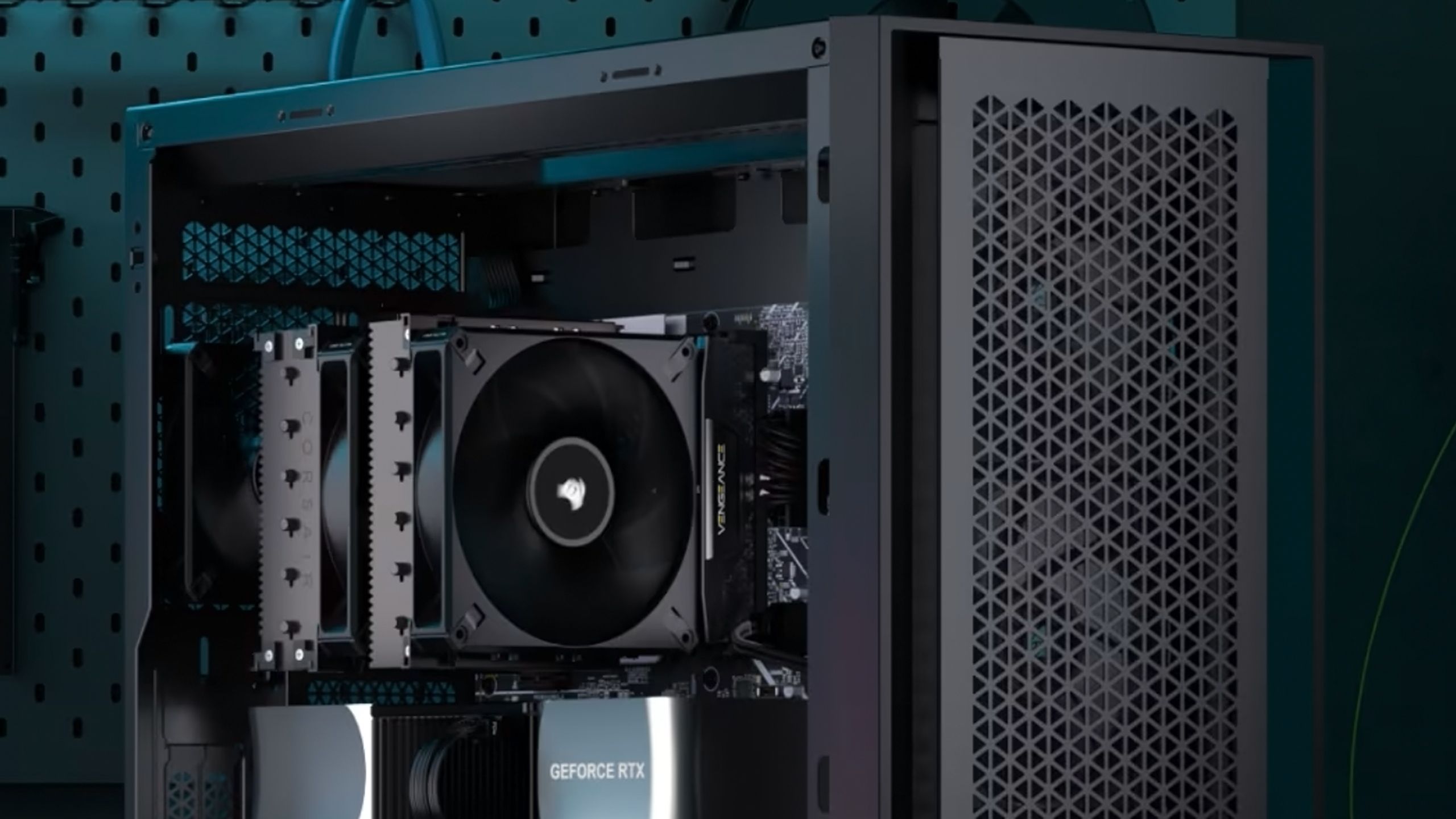Summary
- Adding more RAM can alleviate PC performance bottlenecks, particularly when it comes to high-end gaming or professional media production. Check motherboard compatibility before buying anything.
- Air cooling is more cost-effective than liquid cooling, and can sometimes enable overclocking for superior performance. If you don’t overclock, you’ll at least get a more stable PC.
- Smart home lighting can transform a space by syncing with your games, music, and movies, or at least letting you create your own scheduled scenes.
The first thing anyone thinks of when upgrading a PC is the main processor or the graphics card. After all, it’s baked into the nature of the technology. Low storage can always be fixed with an external drive or cloud services, but there’s no other way around a PC that can’t play the latest games, or takes forever to load projects in apps like Photoshop or DaVinci Resolve. And the performance threshold keeps on rising — a PC that was state-of-the-art three years ago is going to be merely fine or sub-par today.
Mercifully, there are a bunch of smaller upgrades you can make that won’t necessarily break the bank. Only some of them will boost performance, but even if they don’t, they can potentially improve your overall quality of life. Many of us spend hours in front of a computer every day, and there’s no sense making that experience unpleasant when it doesn’t have to be. Hopefully the suggestions below will give you some inspiration.
1
More RAM
Your PC may be working harder than you realize
For many years, the rule was that few people needed more than 16GB of RAM, even die-hard gamers. That’s still an acceptable amount in many cases. Recently, however, 32GB has become the new norm for high-end gaming, and people invested in professional audio, video, or graphics work may want 64GB or better. Why?
While more RAM won’t always speed things up, too little will definitely slow things down, bottle-necking your apps. You may already have several apps running at any one time. As I write this, I’ve got Chrome, Spotify, Photoshop, Slack, and Facebook Messenger going, not to mention dozens of smaller background tasks.
More RAM won’t always speed things up, but too little will definitely slow things down, bottle-necking your apps.
You can buy a pair of 16GB RAM sticks for $150 or less, potentially sliding in under the $100 mark. Check that they’re supported by your motherboard, though, since DDR5 RAM won’t even fit in a DDR4 slot. If you run into that sort of issue, your only options are to track down compatible RAM somewhere, or upgrade the motherboard. That second approach is anything but cheap — you’ll probably need to change out your CPU as well, at which point you might as well consider buying an entirely new PC.
2
Smart lighting
To sync or not to sync?
I’m a huge fan of smart home lighting in general. Handled properly, lighting automations can simplify your life and improve home security — and even if they don’t, they can still transform the mood of a space. A boring white room might suddenly turn into a scene out of Blade Runner or Cyberpunk 2077.
Lighting automations can transform the mood of a space.
It is, of course, possible to spend thousands of dollars on smart lights if you want to, but it’s possible to keep costs in check if you shop strategically. Nanoleaf, for example, sells a color-changing Pegboard Desk Dock for $60. In my own office, one of my favorite decorations is a cheap nautical-style lantern paired with a Philips Hue Filament bulb. When the bulb is set to a dim flicker, it’s a perfect mood-setter for games, Halloween, or even Christmas.
Some lights can be configured to sync with music or onscreen visuals. I tried that for a while, but eventually realized that I prefer lights changing on a set schedule. It’s nice to come downstairs in the morning to an office that’s already lit up with a warm glow.
3
A USB fan
The simplest cooling option after opening a window
Both people and computers get hot in the summer months. You’ll want a real air conditioner as a start, ideally paired with a smart thermostat. But if things still seem a little warm, a USB fan (or two) may be all that’s needed. You’ll feel more comfortable, and your computer might even be less prone to overheating.
There are some catches, of course. USB fans aren’t very powerful, and they’ll occupy a port on your system when they’re running, unless they use a rechargeable battery or wall adapter. You might not have much desktop space to spare, either, but I find it’s worth making room for a fan when the heat makes it difficult to concentrate.
4
Air cooling
Unlock maximum performance, or at least longevity
Corsair
If overheating is only affecting the inside of your PC, then it’s probably time to look into air coolers. Yes, these are ultimately just fans, but they may also make use of elements like piping and cooling plates to expel as much heat as possible. The best ones are effective enough that you can overclock your CPU or GPU for extra performance. If nothing else, you’ll extend the lifetime of your PC’s components, and make heat-related system crashes less likely.
If you’ve got a laptop, there are various cooling pads available, but the best option is usually the simplest — a stand.
Liquid cooling systems are an alternative, but can quickly fall out of budget territory. Air coolers tend to be more cost-effective — a CPU cooler for a tower PC shouldn’t cost you any more than $100. The greater issue is that you’ll need to verify support for your particular CPU socket, and make sure there’s enough space for the cooler to fit around your RAM and graphics card. The installation process is also a little more complex than RAM, although very much doable yourself if you’re familiar with concepts like grounding and thermal paste.
Instructions and how-to videos are available online.
If you’ve got a laptop, there are various cooling pads available, but the best option is usually the simplest — a stand. Laptops already have their own cooling systems, so you can achieve a lot simply by raising your laptop off your desk to maximize airflow. The most powerful fan in the world is useless if the heat it’s pushing becomes trapped.













